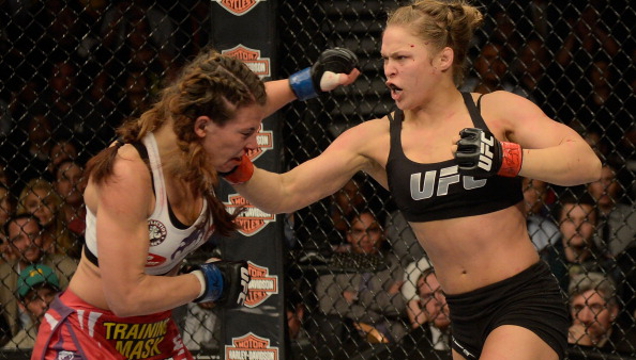Do you know about martial arts philosopy?

VIDEO: Learn about the roots of Chinese martial arts!
Martial arts to me means building respect into your daily life. It is achieved by learning and following the often strict, ritual courtesy and etiquette that all students are told to follow when they are training in their martial arts school. Regardless of rank all must follow the prescribed guidelines for bowing, training, wearing of your uniform, speaking to senior students, entering the school, coming and going from the practice floor, leaving the school, and more.
Chasing Customers
You can target customers with marketing. You can make offers to potential students. But chasing customers can make you seem desperate. You want people to come to you but the trick is to go to the customer without looking like you are grabbing at them. Marketing and contact with potential customers should always be done with confidence and constraint.
In many traditional karate schools these precepts are chanted at the beginning and end of each lesson in Japanese, and in other schools in English. In some schools there is no chanting at all, just a posting of the principles on the dojo wall and other schools invent their own “Student Creed.”
At the end of class bowing is in essence showing your thanks and gratitude for your school – a place where you can come and learn, for your teachers – that they are there and willing to teach you and consider you as family, and for your fellow students – as they are the ones that assist you in your learning by practicing with you.
There is a right and certain way, a praxis, a way of behaving, that emerges from your paradigms and mental programming that must be learned, nurtured and developed if you are to succeed in the martial arts and in life itself. You must practice your martial art in your school and you must continue to mentally practice your martial art throughout every day and in every moment of your living.
Why then are martial arts still popular today? And now that we live in an age of relative peace between countries and stability within most of them, what is their purpose now?
I have been careful in the above paragraph to avoid stating that wars are not longer waged. Of course they are; they’re happening right now. It is important not to overlook the fact that modern soldiers are still taught martial arts. What they learn would be considered by many professional practitioners to be a shadow of the real thing. Soldiers are taught a syllabus which extracts the best and most relevant of all the combat techniques in the world, combined with knowledge of the human anatomy to further improve it. They don’t really learn a martial art in the commonly perceived sense. Nevertheless martial arts still have a purpose in modern warfare.




